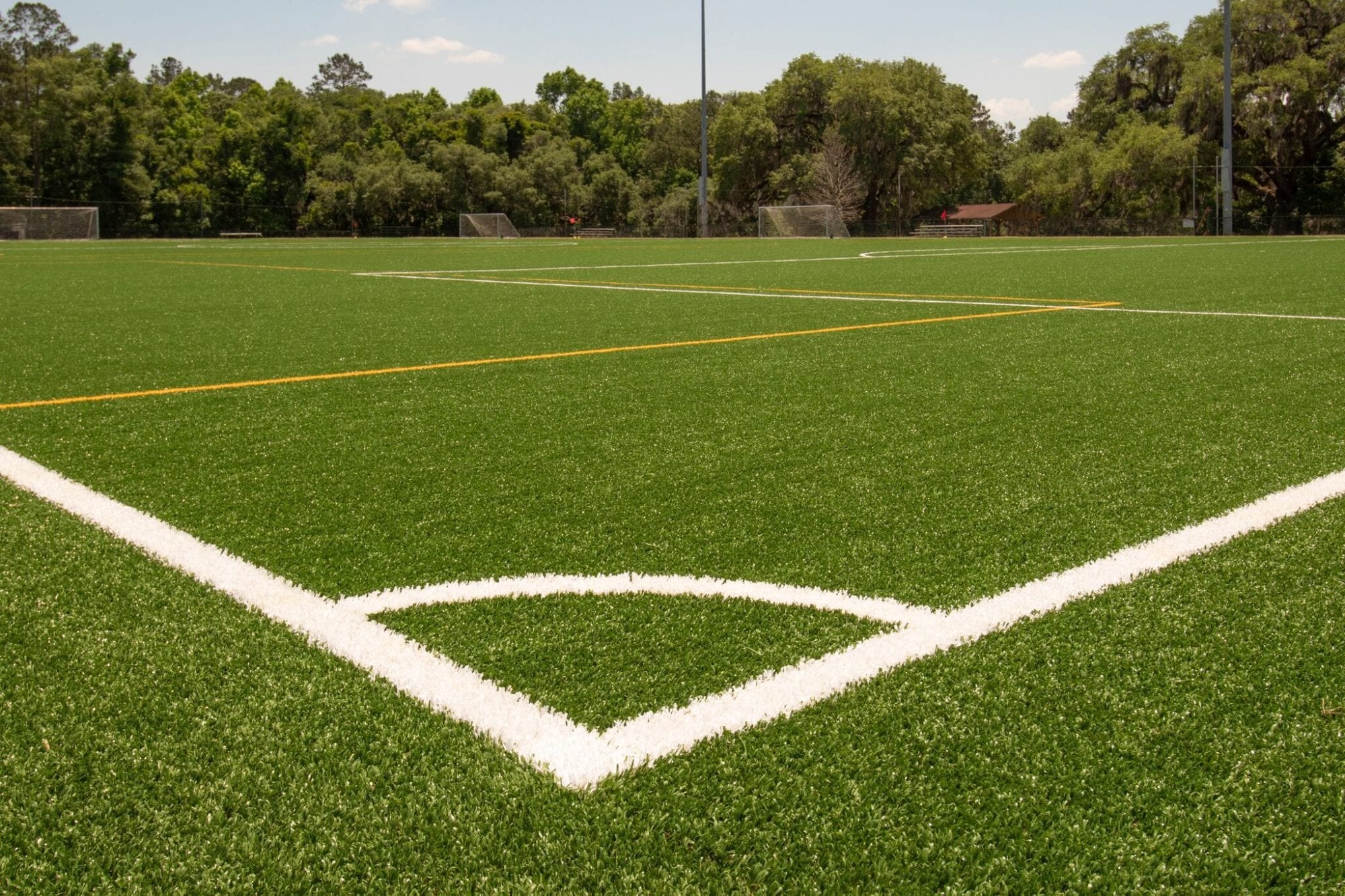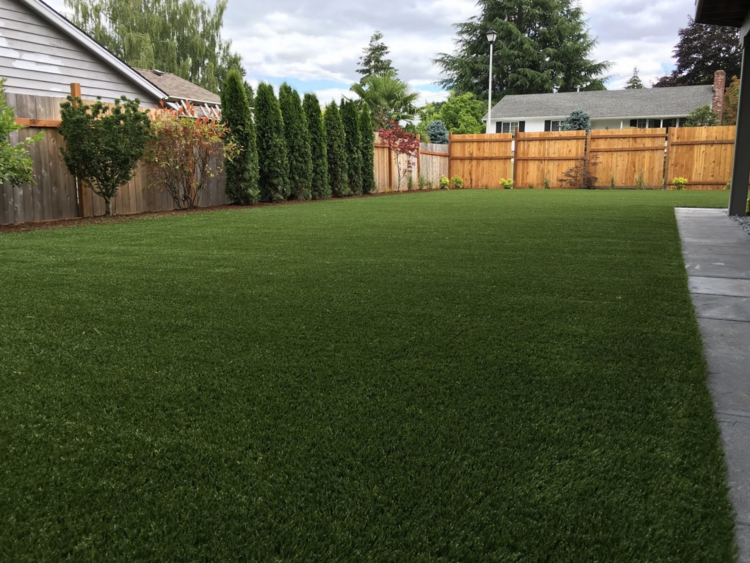Transform Your Outdoor Space with Arizona Artificial Turf for a Evergreen Green Look
See Why Homeowners Prefer Synthetic Grass for Lasting Landscaping Practices
As home owners increasingly prioritize sustainability in landscape design, man-made turf has become a compelling option to typical turf. Its capability to save water, minimize upkeep initiatives, and lessen environmental influence placements it as a practical option for those looking for green services. Additionally, the visual appeal and convenience of synthetic grass deal with diverse design preferences. The ramifications of this shift extend past plain ease and appearances, motivating a more detailed examination of exactly how these options influence broader environmental end results. What remains to be explored is the complete range of advantages that fabricated lawn can offer to property owners and the atmosphere alike.
Water Preservation Benefits
Among one of the most significant advantages of synthetic grass is its role in water conservation. Standard yard lawns need considerable quantities of water to keep their lush appearance, usually resulting in overuse of regional water sources, specifically in dry regions. On the other hand, synthetic grass removes this need totally, as it does not call for irrigation. This not only conserves water however likewise decreases the pressure on metropolitan water supply, particularly during drought conditions.
In addition, the installment of synthetic grass can add to an extra lasting landscape. House owners can substantially reduce their water expenses, enabling reallocation of resources to other ecological campaigns or family usages. Furthermore, synthetic grass is designed to hold up against numerous weather conditions without the need for supplementary watering, making it an excellent selection for regions facing water scarcity.
The ecological advantages extend past prompt water cost savings. By reducing water intake, man-made grass helps to minimize the effects of climate adjustment, protecting vital ecosystems that are intimidated by extreme water extraction. As lasting landscaping techniques acquire grip, man-made turf becomes a responsible selection for house owners seeking to produce environmentally friendly exterior areas.
Decreased Upkeep Efforts
Synthetic grass dramatically decreases upkeep efforts compared to typical turf yards. With synthetic yard, property owners can remove the time-consuming tasks related to natural landscaping, such as mowing, feeding, and weeding. This not only saves beneficial time but likewise lowers physical labor, making lawn care obtainable for individuals of any ages.
Conventional yards need regular cutting to preserve a visually pleasing elevation, whereas man-made grass stays constantly rich without the requirement for cutting. Furthermore, property owners no longer need to apply fertilizers or chemicals, which are commonly needed to keep natural grass healthy.
In addition, fabricated lawn is long lasting and durable, requiring minimal maintenance past occasional brushing and washing to eliminate debris. This ease of upkeep enables property owners to enjoy their exterior areas without the continuous worry of maintenance, supplying more time for recreation and family members activities. Ultimately, the lowered maintenance efforts linked with man-made turf make it an enticing choice for those seeking a low-maintenance, aesthetically appealing landscape.

Environmental Effect Decrease
There is an expanding acknowledgment of the ecological advantages connected with man-made lawn, particularly in terms of water conservation and decreased chemical usage. Standard yards call for substantial quantities of water, especially in drought-prone regions, leading to enhanced stress on regional water resources. On the other hand, synthetic grass gets rid of the requirement for irrigation, dramatically lowering water intake and advertising sustainability.
In addition, standard grass upkeep commonly entails the application of fertilizers, herbicides, and pesticides, which can add to soil and water pollution. Synthetic grass minimizes this ecological risk by requiring minimal maintenance and essentially getting rid of the need for harmful chemicals. This not just boosts soil health yet additionally safeguards local ecosystems from poisonous drainage.
In addition, website here the manufacturing of all-natural lawn yards normally involves making use of fossil fuels for trimming and landscape design tools, additional contributing to greenhouse gas exhausts. By picking synthetic lawn, homeowners can substantially reduce their carbon footprint related to yard treatment tasks.
Visual Appeal and Versatility
Along with its environmental advantages, synthetic grass offers considerable aesthetic charm and flexibility for landscape design. Homeowners can attain a lavish, green look year-round, removing the seasonal variations frequently connected with all-natural yard. This constant aesthetic not only improves the aesthetic charm of a property yet likewise adds to a sleek and well-kept appearance.
Additionally, synthetic grass is offered in a range of designs, textures, and shades, permitting for customization to fit specific choices and style styles - Arizona turf. Whether utilized in residential yards, commercial rooms, or entertainment locations, it can perfectly incorporate right into diverse landscaping layouts, from modern-day minimalist to rich tropical settings
The versatility of synthetic grass expands beyond plain appearance; it can be mounted in different locations, including roofs, outdoor patios, and even indoor spaces, developing chances for unique landscape design solutions. Furthermore, it appropriates for a range of tasks, from children's backyard to pet-friendly atmospheres, giving performance without compromising design.
Eventually, the visual appeal and convenience of synthetic grass make it an appealing choice for homeowners looking for sustainable landscape design solutions that do not give up appeal for environmental duty.

Long-Term Expense Cost Savings
One of the most compelling benefits of artificial turf is its potential for long-lasting price financial savings. Unlike natural lawn, which requires routine upkeep-- including mowing, watering, feeding, and pest control-- man-made turf considerably minimizes these ongoing costs.
Furthermore, synthetic grass has a life-span of 15 to 25 years, relying on its quality and use. This toughness reduces replacement costs, making it a much more cost-effective option over time. Furthermore, the first financial investment in fabricated turf can typically be recovered with the cost savings built up over time.
While the upfront cost may appear greater compared to turf setup, the advancing financial savings from minimized upkeep and water use commonly outweigh these first expenses. Inevitably, the adoption of synthetic grass not only advertises a lasting landscape design service yet additionally uses home owners an economically savvy choice that lines up with lasting budgeting goals.
Conclusion
Man-made turf emerges as an engaging choice for sustainable landscaping, supplying significant advantages in water conservation, reduced upkeep efforts, and lessened environmental impact. As communities progressively prioritize ecologically friendly practices, the fostering of synthetic grass represents a modern step towards achieving lasting and resistant landscapes.
Additionally, man-made lawn is created to withstand numerous climatic conditions without the need for supplementary watering, making it an ideal option for i was reading this areas facing water deficiency. (Phoenix turf companies)

Fabricated lawn emerges as a compelling alternative for sustainable landscaping, supplying substantial benefits in water preservation, decreased maintenance initiatives, and lessened environmental influence.